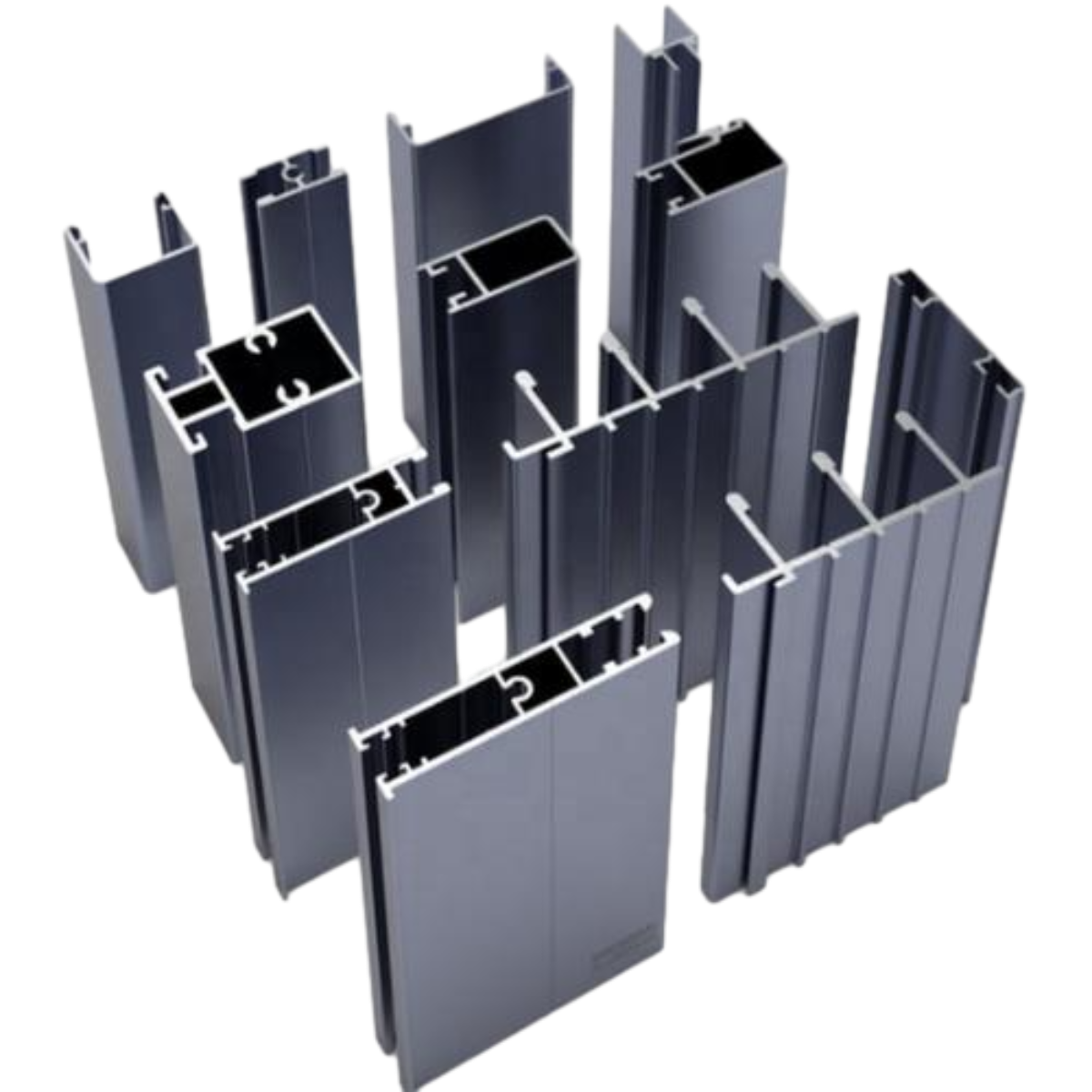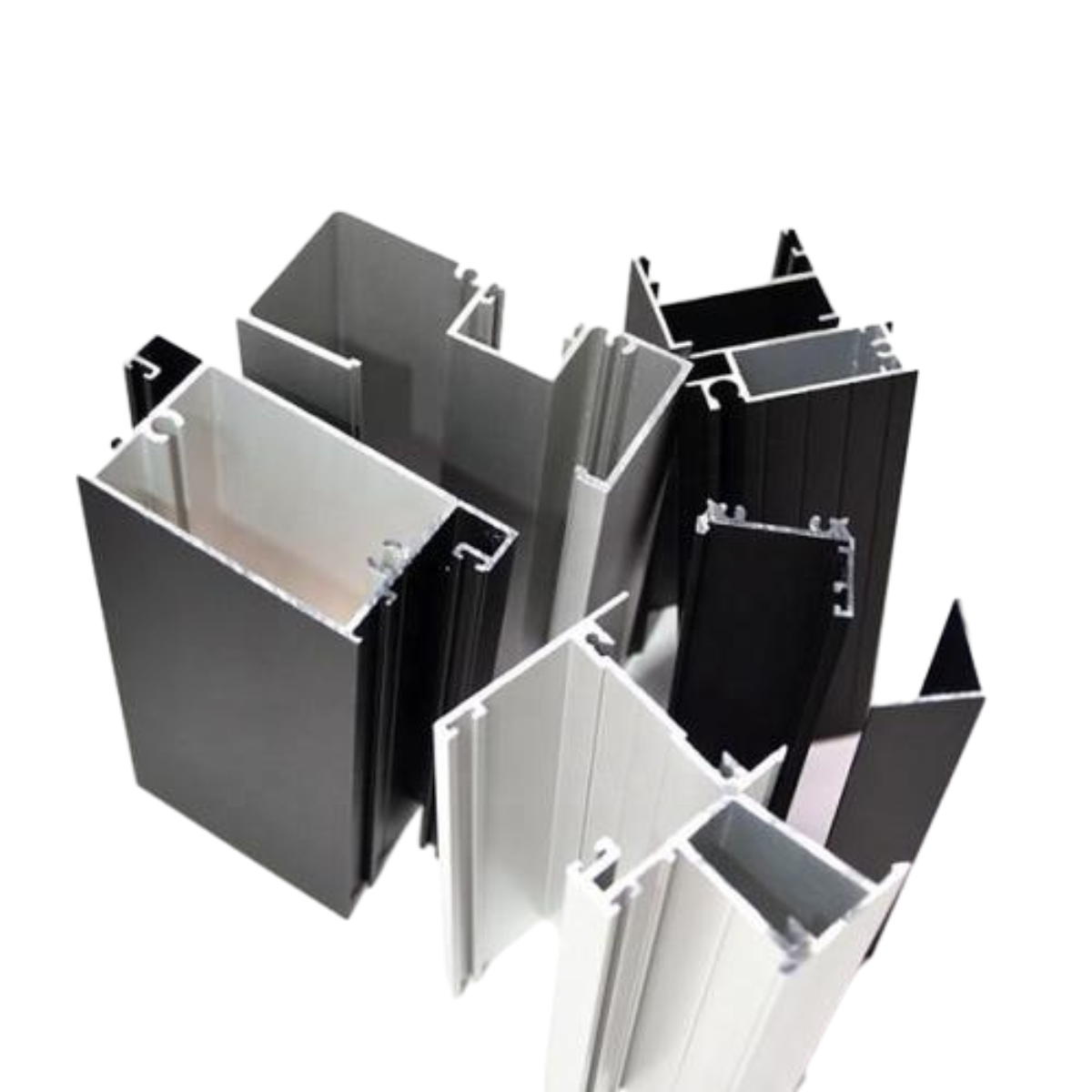Comparing Wrought Iron and Cast Iron Properties and Uses in Construction and Design
Wrought Iron vs. Iron Understanding the Differences
Iron has been a fundamental material in human history, playing a pivotal role in the development of tools, construction, and various technologies. Among the various forms of iron, wrought iron stands out due to its unique properties and applications. Understanding the differences between wrought iron and other forms of iron, particularly cast iron, helps us appreciate their characteristics and uses in modern society.
What is Iron?
Iron is a chemical element with the symbol Fe (from the Latin ferrum) and is one of the most abundant metals in the Earth’s crust. In its pure form, iron is relatively soft and ductile; however, it tends to rust easily when exposed to moisture and oxygen. To enhance its properties, iron is often alloyed with other elements, leading to the development of materials like wrought iron and cast iron.
Wrought Iron Definition and Characteristics
Wrought iron is a form of iron that is characterized by its fibrous structure. It is produced by heating iron ore in a furnace, allowing impurities to be burned away, and then working the material (usually through hammering or rolling) to form a malleable substance. Wrought iron typically contains a low carbon content (about 0.08% to 0.2%), which imparts beneficial properties such as ductility, toughness, and resistance to corrosion.
One of the defining features of wrought iron is its high tensile strength. This makes it an ideal choice for construction and ornamental work, such as railings, gates, and decorative features. Additionally, wrought iron is known for its ability to be welded, which allows for more versatile applications in modern fabrication.
Cast Iron A Contrast
wrought iron vs iron

In contrast to wrought iron, cast iron is produced by melting iron and pouring it into molds. This form of iron typically contains a higher carbon content (2% to 4%) and various alloying elements, which results in a more brittle structure. While cast iron has excellent compressive strength and is resistant to wear, its inability to withstand tensile stress makes it less versatile than wrought iron.
Cast iron is commonly used in applications like cookware, engine blocks, and pipes, where its durability and heat retention are advantageous. However, it is not suitable for applications requiring flexibility or the ability to be shaped through welding.
Applications and Uses
The unique properties of wrought iron make it a preferred material in several applications. Its malleability and strength make it ideal for construction projects that require a combination of aesthetics and functionality. Architectural elements made from wrought iron often feature intricate designs and are utilized in buildings, bridges, and gates due to their resilience and long lifespan.
In contrast, cast iron's strength under compression makes it useful in heavy-duty applications like machinery and cookware. Enamel-coated cast iron cookware, for instance, provides excellent heat retention and even cooking, making it popular among chefs.
Conclusion
In summary, while both wrought iron and cast iron are derived from the same essential material, their properties and applications differ significantly due to variations in carbon content and manufacturing processes. Wrought iron, with its strength and ductility, has remained a favored choice for decorative and structural applications, while cast iron has carved out its niche in cookware and heavy machinery. Understanding these differences not only highlights the versatility of iron-based materials but also underscores their enduring importance in modern engineering and design. Whether in construction or culinary contexts, both wrought iron and cast iron continue to play crucial roles in our daily lives.
-
Why Choose Cast Iron for Your Next Project?NewsApr.27,2025
-
Timeless Charm of Cast Iron Decorative ElementsNewsApr.27,2025
-
Wholesale Cast Iron Products: A Growing Trend in Home and Garden DécorNewsApr.27,2025
-
The Advantages of Using Ornamental Cast Iron Parts in Your Design ProjectsNewsApr.27,2025
-
Why Ornamental Iron Castings Are Essential for Timeless DesignNewsApr.27,2025
-
The Elegance and Durability of Ornamental Cast Iron PanelsNewsApr.27,2025















